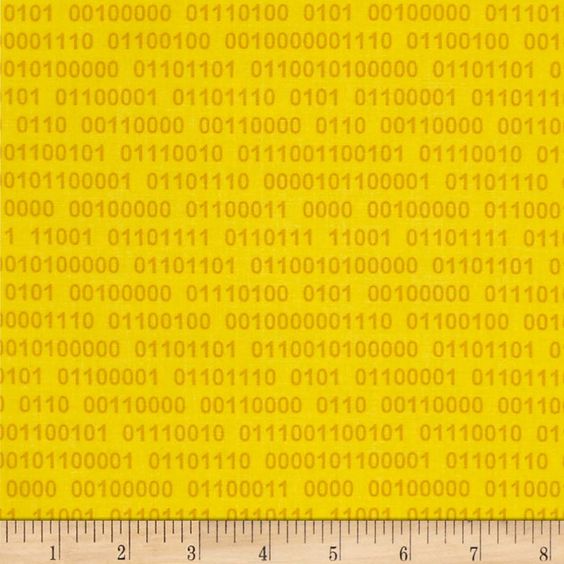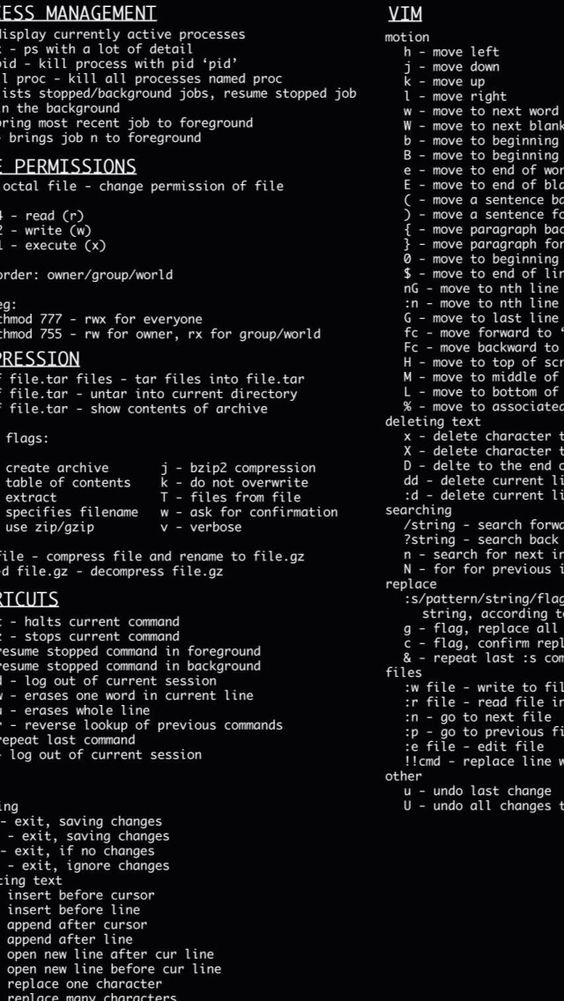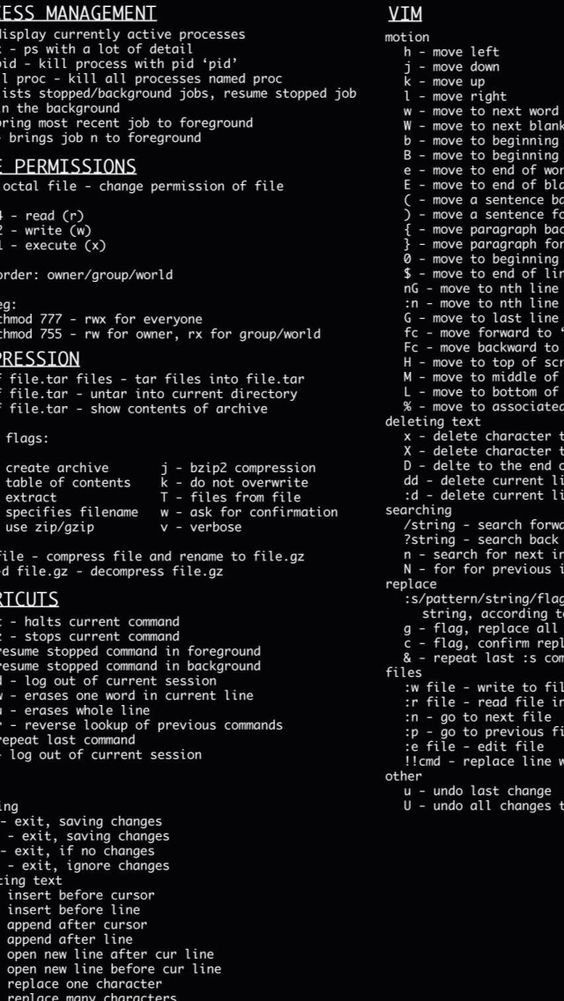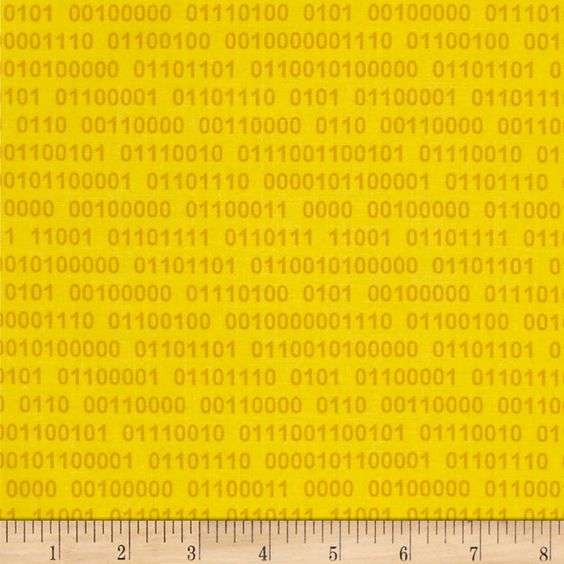N - e ž a
WEEK 7
MAKING OF THE ZINE
This weeks readings were:
-Ethnocomputing, Tedre, M. & Eglash, R.
-Colour & Contrast and Information Graphics, Pater, R.
-Interface Manifesto, PIPES Hangar Barcelona
1
FOCUS ON BYNARY
In between the words that we have chosen to visualise I have gotten the word binary.
I started of with the general research and afterwards I started the analogue collaging process. I have decided to work this week only with analogue collaging.
THEME
what does binary mean?
what is the definition of binary?
Interface Manifesto
-interface is a very broad concept that goes beyond the limits pf physical and virtual
-including multiple instructions on how to interface, what to do, what not to do
Colour & Contrast and Information Graphics, Pater, R.
-white is the colour that includes all colours, while black indicates the absence of light, black absorbs all light, equalling darkness and shadow
-connection with racism: there is not one person who is white or black, skin tones consist of pink and brown hues
-today we can still find the same symbolic opposition occurring in visual culture: Cinderella has light hair, and her sisters and stepmother have dark hair
-whites are overwhelming and disproportionately predominant, most of the items, such as hearing aids or plasters
-Shirley was a first model to pose for Kodak test card, which were used to calibrate film colours with skin tones and colour bars
-the Kodak films were in the 50s, 60s, 70s calibrated for white people
-by 1980 Kodak films were configured to depict darker tones more appropriately, because chocolate and horses appeared too dark in the photos
-nowadays we are surrounded by many standards which are used for mass production but they also create a false sense of truth
FINAL ZINE SPREAD
-since me and Melissa were this week the editors of the zine, it was a bit easier to visualise what I wanted to express with zine, since we knew the limitations
-I have kept this week on a bit more collaged level and did not use photoshop to manipulate the collage further
-I have added a binary element on already existing image and focused on the background of the whole page
Ethnocomputing
-umbrella term that includes all three approaches to examine the relations between computing and culture
-technical elements of ethnocomputational practice: data structures, algorithms, physical and linguistic realizations of data structures and algorithms
-computational ideas have already be found by indigenous people
-all aspects of the computer should be redesigned to aid its cultural fit but that one needs to be aware of the underlying viewpoints of computer
-argued that there is an ongoing shift from computer-centered computer science to user-centered computer science
-the ongoing diffusion of computing technology in developing countries is increasingly diversifying the user




The history of computing
Albycus first counting machine, then they machanicalize it
Own calculating machine, base-10
1820-father of the computer, Babbage; he noticed the regularly calculating system was reputable so could be automatized; his designs never became popular
1890-first electromechanical machine, punch cards- IBM the company, first ‘keyboard’
1936-proposed universal computer machine, modern computer based on this
Vacuum Tube Era
Clifford Berry-first computer, purely digital, used vacuum tubes
1954-first digital computer was developed
The Retroist, Operating a Computer in 1954
MAKING OF A ZINE
-before starting with the making of the zine, I have searched for some inspirational images of booklets that were either interesting in layout or in the way they were binded
-I thought that could be helpful for proceeding with the ideas and to make a final selection of what is going to be this week's zine like
With these spreads what inspired me is that you can see the under layer, so you have the overview of what s happening on top and what at the bottom and you can control the visible. Also you can make the spread a lot more interesting by adding this element instead of having pages evenly visible.
All of these bindings are done by sewing the pages together. The stitching is done in various different ways, some of them in specials stitch, some very simple but in different colour and others are connected with fabric which has been stitched before. I like the fact they are clean but still pretty handy.
At the end we have decided with Melissa to go with the idea of transparent paper combined with the picture/collage underneath. The reason to put the colour on the spreads was on the first place to differ it a bit and to create connection between the spreads of a zine in a bit more interesting way. Also it helped with placing transparent papers for binding in a bit more simple way, so you can easily open it and have the picture already matched with a text, if you print the pictures double of course there will be to be two transparent papers on the same spot.
I have made the layout of the zine in InDesign since I have done it before and designed first, last page and wrote the sources at the end.
First page
Last page
I'm glad I got the chance to make the zine because I looked a bit more into the designs of the booklets and layouts of the magazines. Also I have learned how much time it actually takes to put together a zine.